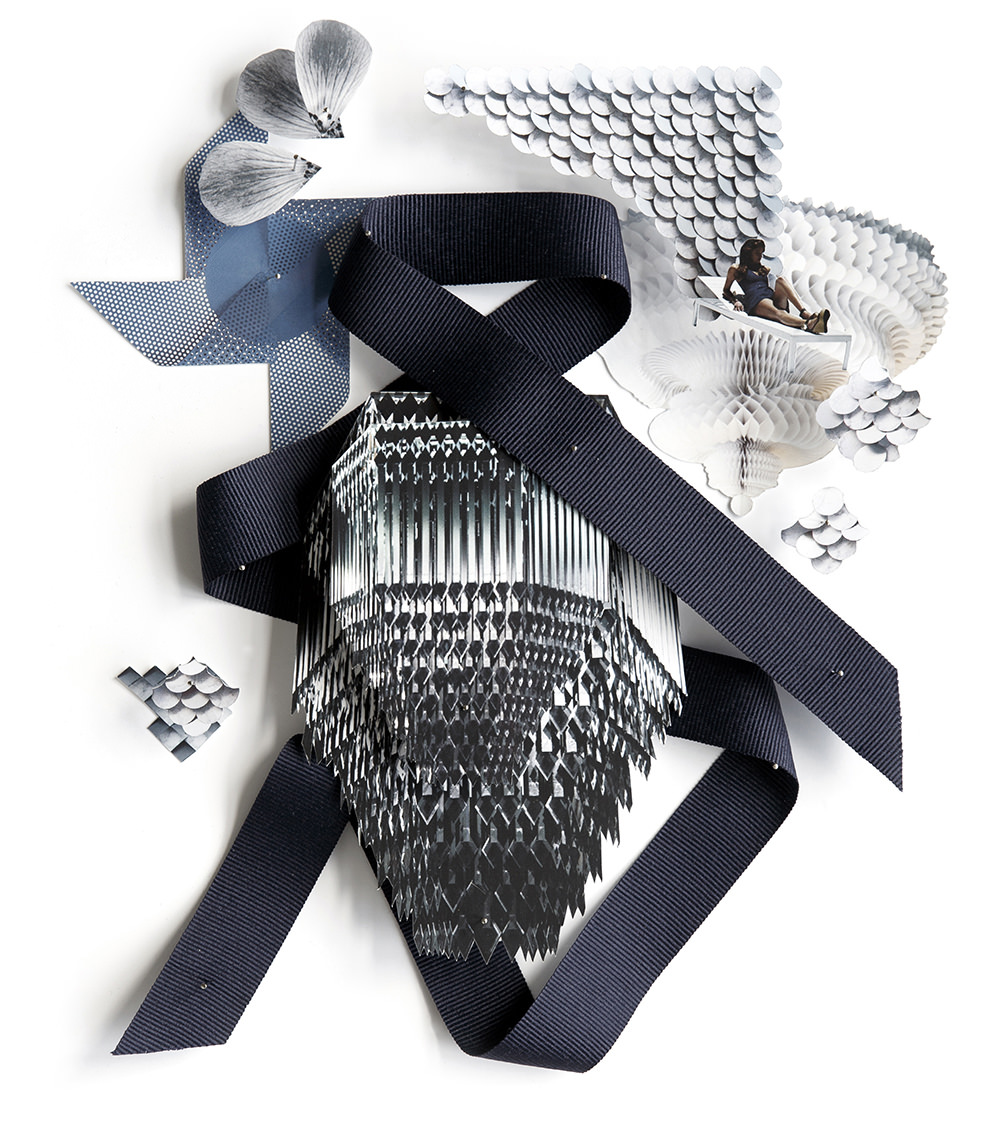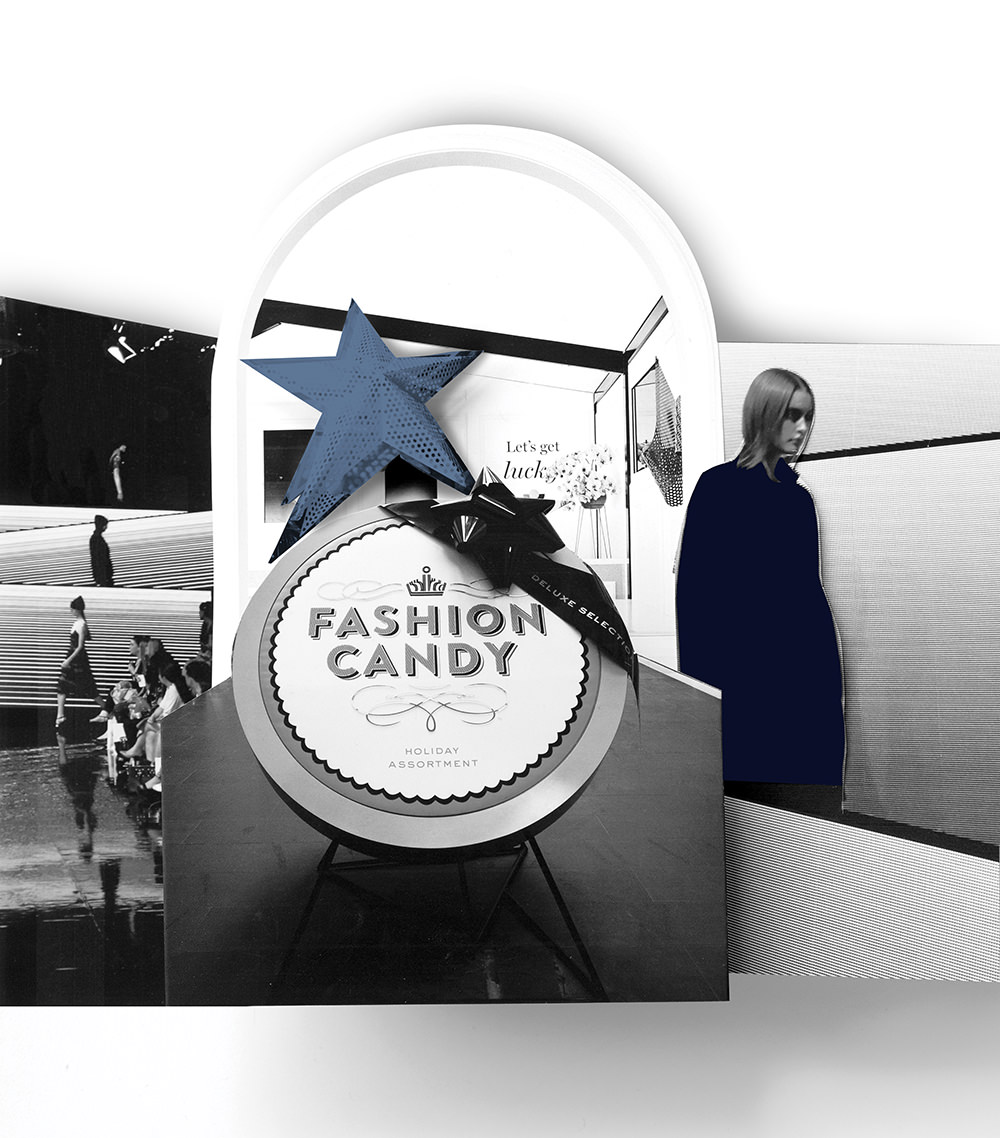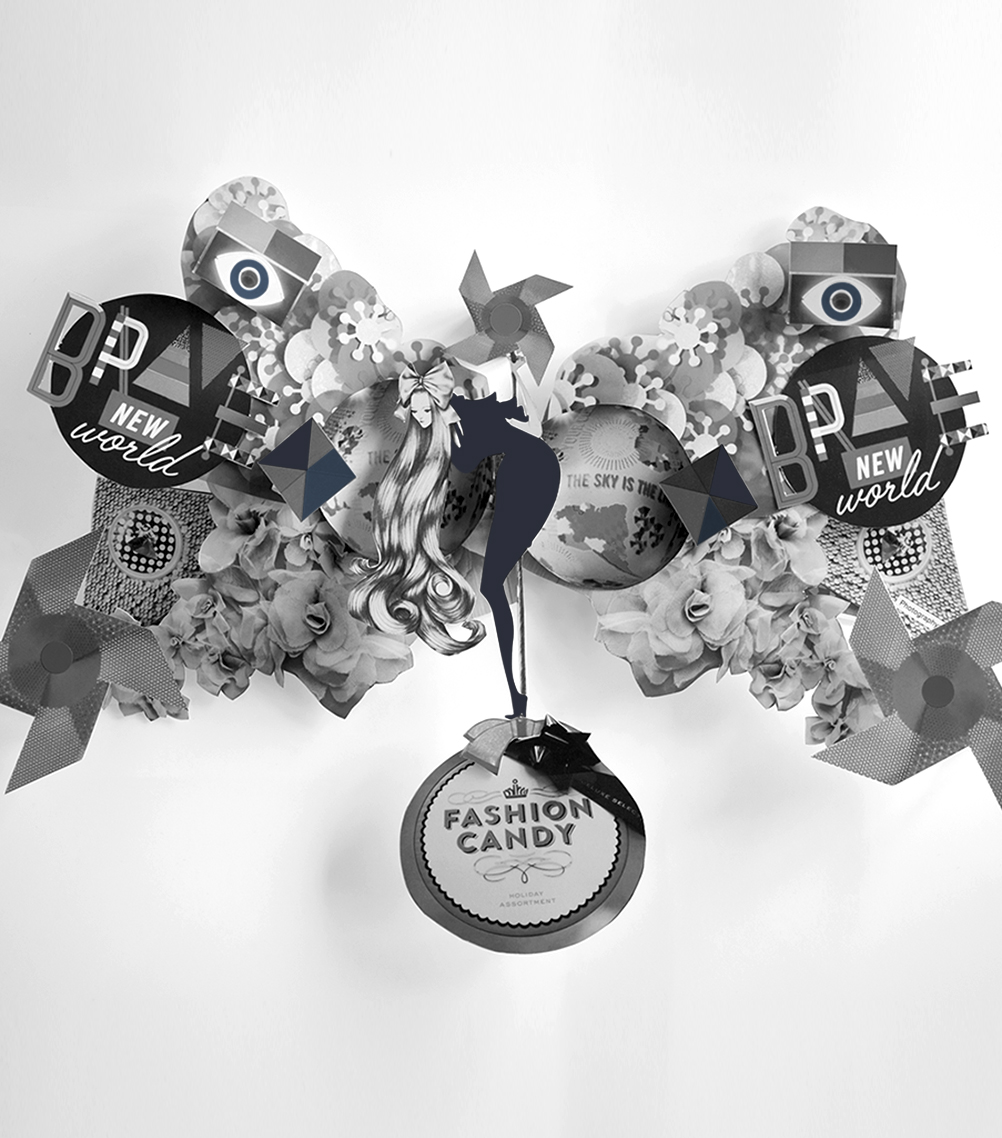I have a small black and white picture of myself sitting at a desk in my first year of school. Apart from being a black and white image (something all design-minded people prefer) I love it because my mother has scraped my hair to one side and tied the tightest satin bow she could tie. Every morning my hair was tied with ribbons in a similar way; some variations were allowed – maybe pigtails, headbands or ponytails. Fortunately for me, my mother was a style hunter and fashion lover extraordinaire, who, to this day, cites her all time favourite fashion purchase as a black antelope beret bought at Le Louvre in Collins Street in Melbourne on her honeymoon. Within a few years I had amassed a huge pile (mess) of ribbons: Swiss cotton velvets, French double-faced satins, textured grosgrains and petit grains.
And so my love and fascination with ribbons began – not with the zest of a self-obsessed collector – rather as an admirer of their beauty and brilliance as a decorative exclamation. What started as an appreciation became a ‘signature’ design tool embraced throughout my working life. I suspect I may have purchased or specified over one million metres of ribbon for numerous design projects.
Our work in temporary event and set environments could be considered to be at the decorative or ‘lightweight’ end of the design spectrum. Lucky us. The creative and commercial freedom of this area of design is unlimited and inspiring. So it was with some excitement and slight concern (would this be considered a design piece or a tragic craft project?) when I thought that the centrepiece of a fashion catwalk (LMFF 2006) might be a chandelier made almost entirely from black French satin ribbon.



